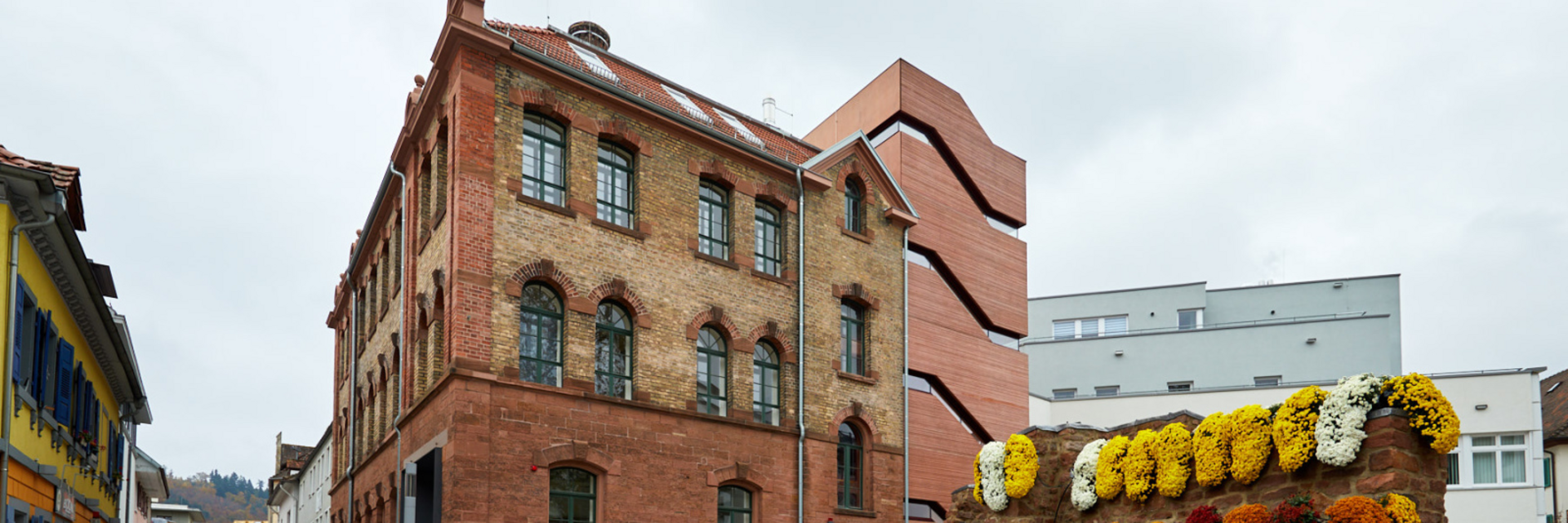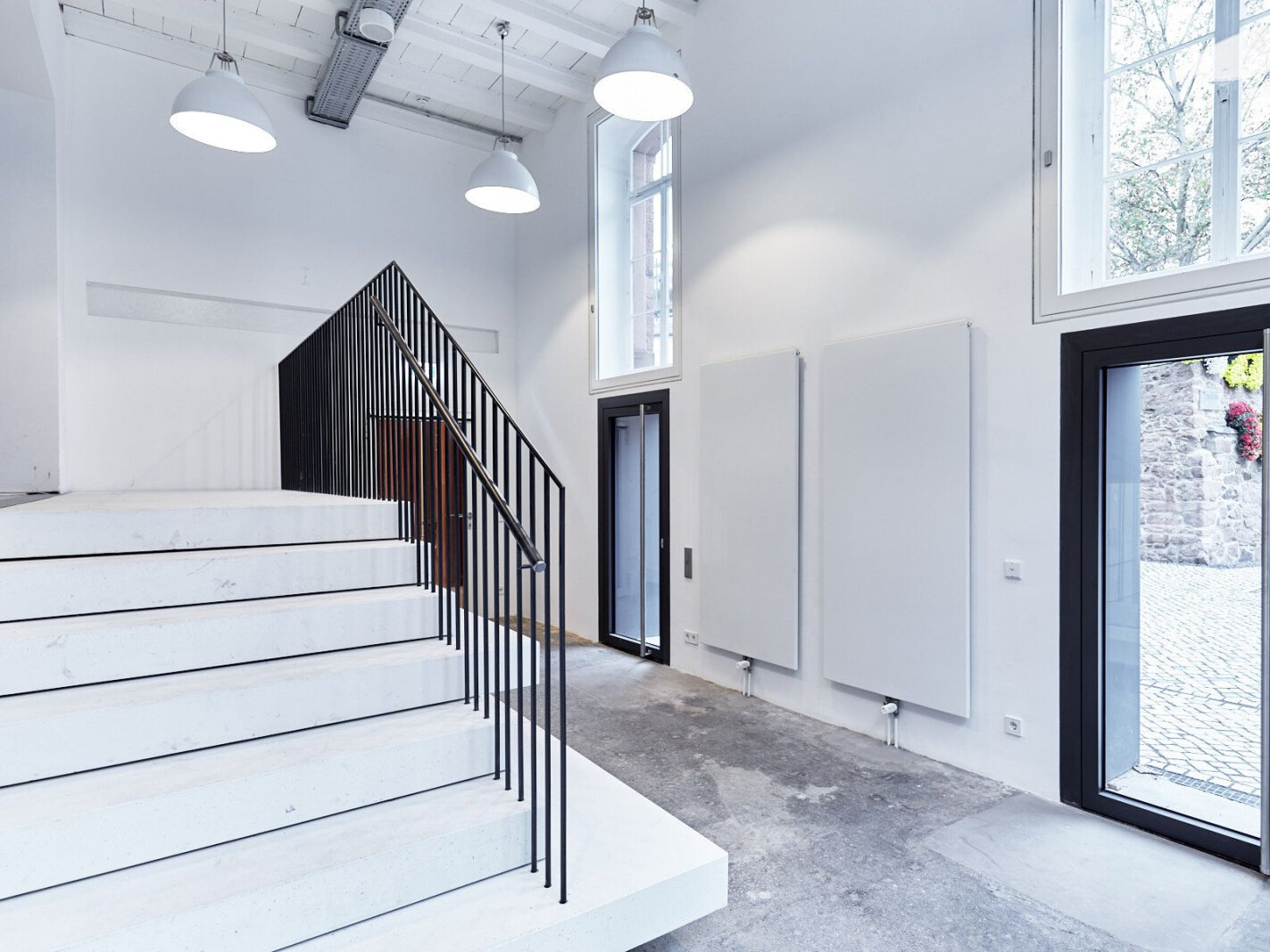
From Tiled Stoves to State-of-the-Art Heating Technology
A total of 43 Zehnder radiators were installed in the new local history museum, where tiled stoves and pottery were once produced.
In the historical town centre of Lahr in Baden, idyllically situated between vineyards and the Black Forest, is a typical example of industrial architecture from the end of the 19th century: the clay oven factory designed by architect Carl Meurer, built in 1896 and now a listed building. Since the dilapidated industrial building had only been used sparingly for decades, renovation work was started by the city of Lahr in 2014. In February 2018, the new town museum moved into the historical building and today invites visitors to experience the history of Lahr, from the first Roman artefacts up to the present day.
During the complete renovation, the architects and planners succeeded in integrating state-of-the-art heating technology into the fabric of the historical building: a total of 43 radiators from indoor climate specialist Zehnder were installed in the new town museum, where tiled stoves and pottery were once produced. The minimalist Zehnder Plano radiator adorns the museum's entrance area.

In the stairwell extension, which protrudes beyond the existing building and echoes the design of the old clay oven factory, the Zehnder Charleston elegantly stands out in a floor-to-ceiling design; at the same time, it ensures efficient heating of the demanding space. With its many shapes and models, the Zehnder Charleston was the ideal product to incorporate into the structure of the listed building that houses the local history museum, where each room has its own exacting building requirements. With its transparent 'Technoline' finish, it fits perfectly into a modern, urban ambience and adds a special touch to the exhibition rooms.
Mounted on dark grey, rustic stone walls, the Zehnder Charleston meets the complex requirements for installation in a listed building. It also emphasises the industrial charm that characterises the fabric of the historical building. With its smooth surface in a minimalist and subtle design, the Zehnder Plano decorative radiator can be integrated into any setting according to specific requirements. In doing so, it ensures optimum heat distribution. The radiator blends seamlessly into the exhibition rooms. Museum items, such as a bicycle from Lahr's past, find their place in front of the radiators without detracting from the aesthetics.